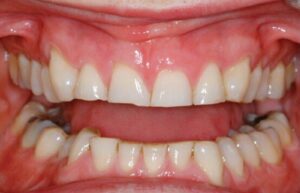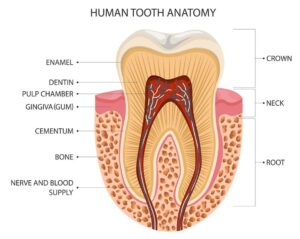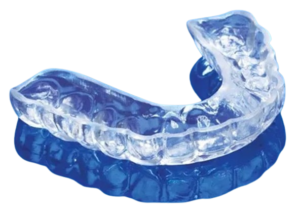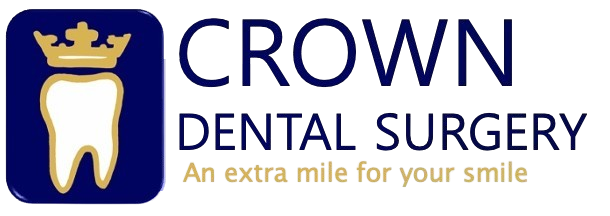 Bruxism is a common yet often overlooked dental condition characterized by the involuntary clenching and grinding of teeth. This behavior can occur during both waking hours and sleep, leading to a range of oral health issues if not addressed. In this article, we will delve into the types, consequences, diagnosis, treatment options, and preventive measures associated with bruxism.
Bruxism is a common yet often overlooked dental condition characterized by the involuntary clenching and grinding of teeth. This behavior can occur during both waking hours and sleep, leading to a range of oral health issues if not addressed. In this article, we will delve into the types, consequences, diagnosis, treatment options, and preventive measures associated with bruxism.
Understanding Bruxism
Bruxism is not merely a bad habit; it is a complex condition influenced by various factors such as stress, anxiety, sleep disorders, and even certain medications. Understanding the nuances of bruxism is crucial for effective management and treatment.
Types of Bruxism
Awake Bruxism
Awake bruxism refers to the conscious grinding or clenching of teeth that often occurs during moments of stress, anxiety, or intense concentration. Individuals may not even realize they are doing it until they experience discomfort or pain.
Sleep Bruxism
Sleep bruxism is an involuntary action that takes place during sleep. It is typically linked to sleep disorders such as sleep apnea or abnormal jaw positions. Those who suffer from sleep bruxism may be unaware of their condition until a partner or family member notices the grinding sounds.

Consequences of Bruxism
Bruxism can have significant repercussions on oral health. Below are some of the most common consequences:
1. Tooth Damage
Flattened or Worn-Down Teeth
Continuous grinding can lead to the erosion of tooth surfaces, making them appear flat or shortened. This not only affects aesthetics but can also alter bite alignment.
Fractured or Chipped Teeth
The intense pressure from grinding can crack or chip teeth, compromising their strength and function. This damage may require restorative treatments to repair.
2. Enamel Erosion and Sensitivity
Enamel Wear
As the outer layer of the tooth (enamel) wears down due to grinding, the underlying dentin becomes exposed. This can lead to further complications if not addressed promptly.
Increased Sensitivity
Exposed dentin results in hypersensitivity to cold, sweet, or sour foods and drinks, causing discomfort or pain that can significantly affect daily life.
3. Pulp Exposure and Severe Toothache
Deep Damage
If bruxism persists untreated, it can lead to exposure of the pulp—the innermost part of the tooth containing nerves and blood vessels.
Severe Pain
Pulp exposure causes extreme toothache and may necessitate more complex dental treatments like root canals to alleviate pain and restore function.
4. Jaw and Muscle Pain
Tension in the Jaw
Bruxism places strain on jaw muscles, often leading to pain, tenderness, or stiffness in the jaw area.
Temporomandibular Joint (TMJ) Issues
In severe cases, prolonged grinding can lead to TMJ dysfunction, which can cause difficulty in opening or closing the mouth and result in chronic discomfort.
Diagnosing Bruxism
Physical Examination
Dentists often detect signs of bruxism during routine dental check-ups by observing worn-down teeth or signs of jaw tension.
Patient History
Identifying triggers such as stress levels or sleep disorders helps determine if bruxism is present. Open communication with your dentist about your lifestyle can provide valuable insights into your oral health.
Sleep Studies
In cases where sleep bruxism is suspected, a polysomnography (sleep study) may be recommended to observe grinding behavior during sleep. This comprehensive analysis can help tailor treatment plans effectively.

Treatment Options for Bruxism
The treatment for bruxism varies based on its severity and underlying causes. Here are some common options:
1. Mouthguards and Splints
Custom Mouthguards
A dental professional can provide a custom-fit mouthguard that acts as a protective barrier between your upper and lower teeth. This helps prevent further wear while also reducing muscle strain.
Benefit
Mouthguards dissipate biting forces, reducing the risk of cracked tooth syndrome and providing comfort during both waking hours and sleep.
Lifespan
The longevity of a mouthguard depends on the severity of bruxism and how frequently it is used; regular check-ups will help assess wear and tear.
2. Restorative Treatments
a) Direct Restorations (Fillings)
For mild to moderate damage caused by bruxism, direct restorations such as composite fillings can be used to rebuild tooth structure effectively.
b) Onlays and Crowns
In cases where damage is more extensive, onlays or crowns may be necessary to restore the tooth’s original shape while protecting it from further harm.
c) Root Canal Treatment
If the pulp has been exposed due to severe wear or damage from bruxism, root canal treatment might be necessary to remove damaged pulp tissue and alleviate pain.
Preventing Bruxism
While some factors contributing to bruxism may be beyond our control (such as genetics), there are several proactive steps you can take:
1. Stress Management
Relaxation Techniques
Incorporating stress-reducing practices such as meditation, deep breathing exercises, or yoga can significantly alleviate tension that leads to bruxism. Finding time for relaxation in your daily routine is essential for overall well-being.
2. Lifestyle Adjustments
Avoiding Triggers
Limiting caffeine intake, alcohol consumption, and tobacco use can help reduce episodes of teeth grinding. Being mindful of these substances will contribute positively to your oral health.
Sleep Hygiene
Maintaining a regular sleep schedule while reducing nighttime stress through calming activities before bed can help manage sleep bruxism effectively. Creating a peaceful sleep environment is key.
Conclusion
Bruxism is more than just an annoying habit; if left untreated, it can lead to severe dental damage and chronic pain. Early intervention through mouthguards, restorative treatments, and lifestyle adjustments can mitigate risks while preserving dental health. Regular dental check-ups are crucial for detecting and managing bruxism effectively; don’t hesitate to discuss any concerns with your dentist at Crown Dental Surgery. Together, let’s go the extra mile to ensure your smile remains healthy and vibrant!
